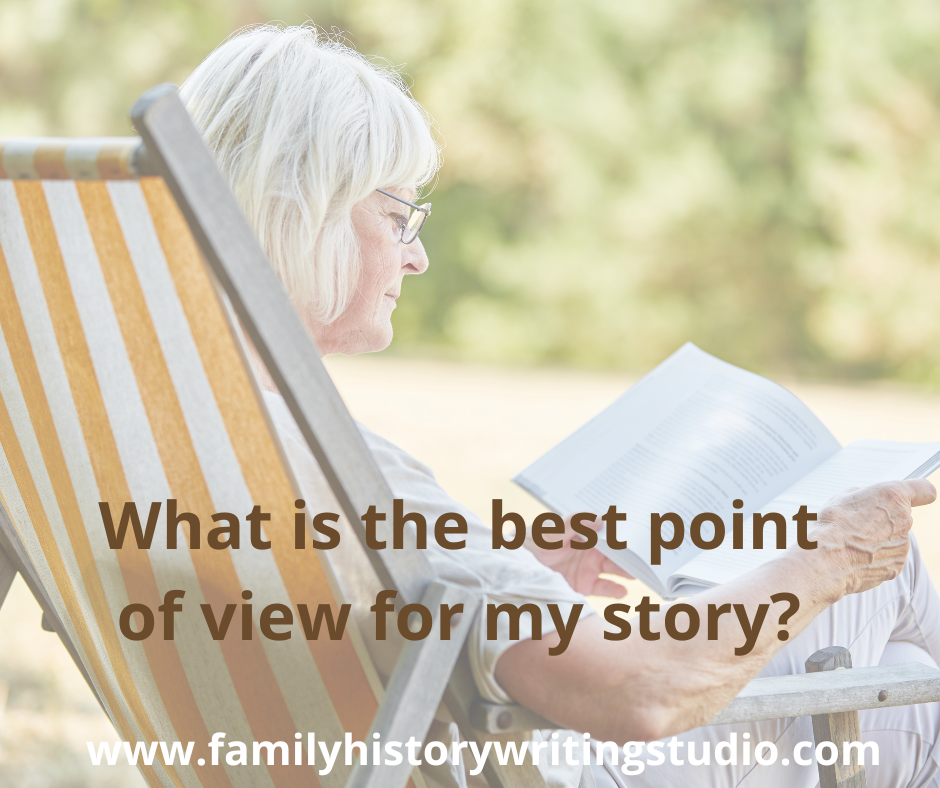Today, let’s delve into an important topic that will truly elevate your storytelling skills – point of view. Discover the point of view that is most suited to writing family history stories and learn all about its superpowers. Join us for this enlightening lesson and unlock the secrets of creating multi-dimensional masterpieces.
What is the best point of view for my family history story?

4 thought on “What is the best point of view for my family history story?”
Comments are closed.
Wow, how very enlightening.
Thanks for this talk about POV, Lynn.
I’m attempting to write my next family history book from 1st person point of view, to let the characters tell their own stories.
Do you know of a family history writer who has done this effectively ?
Hi Michael, if you are entering into first person, and not from your point of view (that would be memoir) but from your ancestor then this leaves the creative nonfiction genre and would be classified as fiction.
Thank you for creating these lessons about writing. Creating the family tree and family story is quite a project and the twists and turns happen unexpectedly, so this helps to keep me on track. Wish I could attend your retreat, but it doesn’t work out this year.